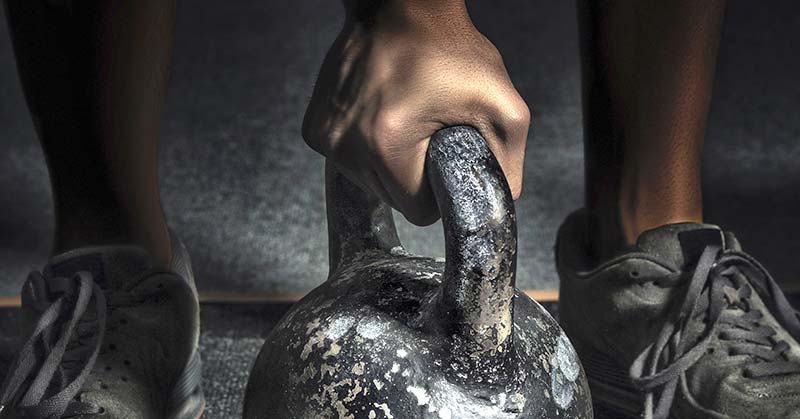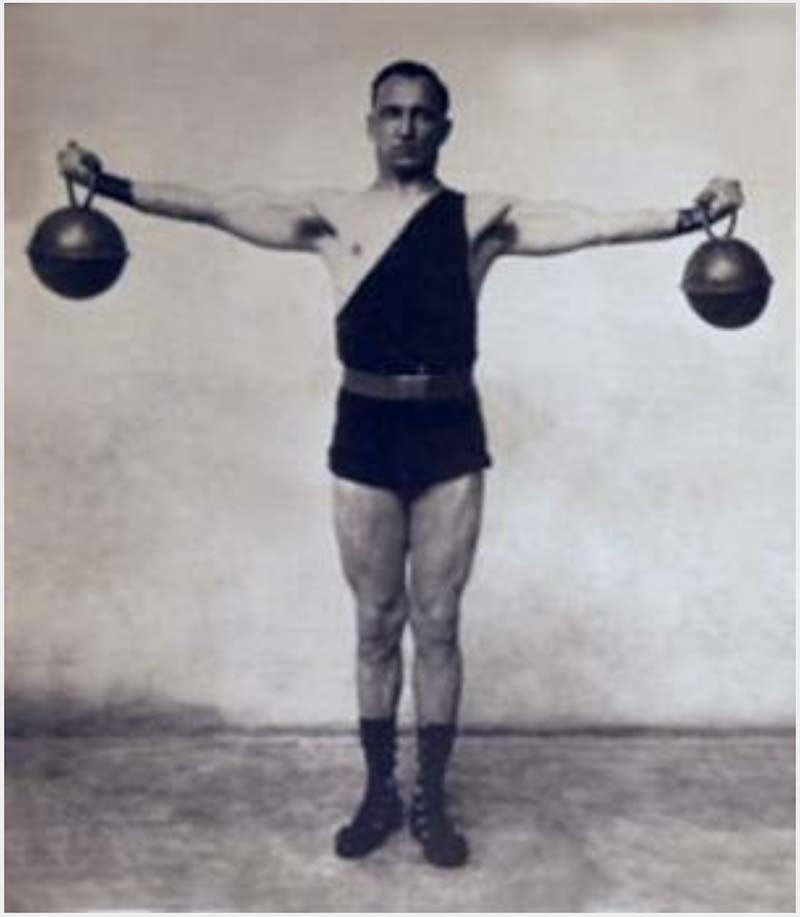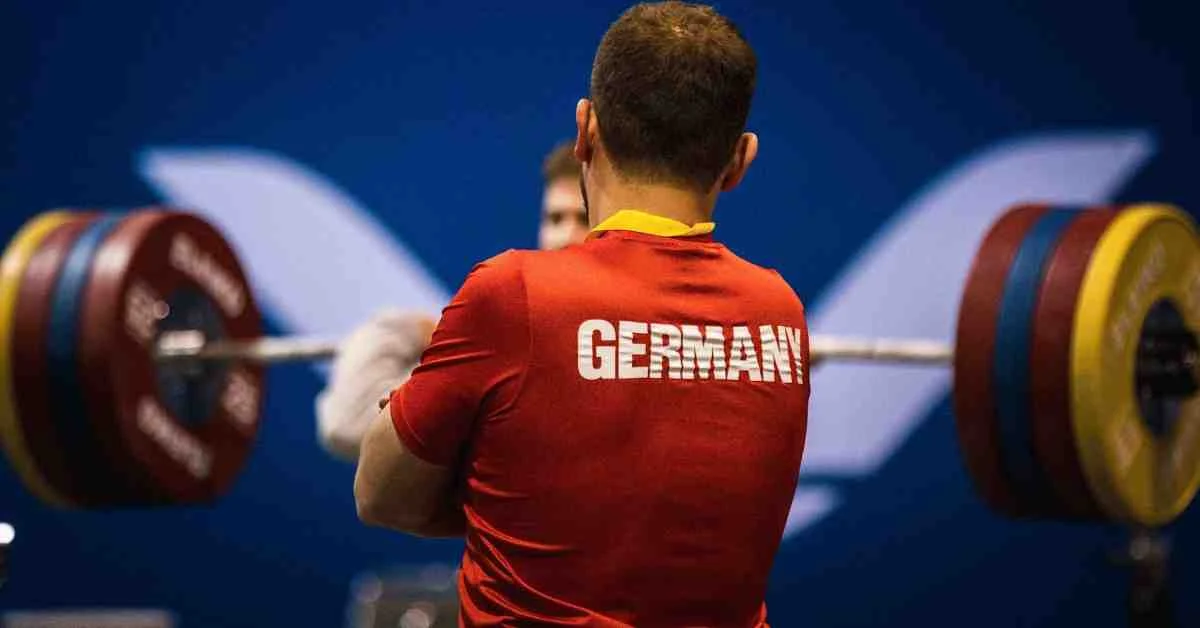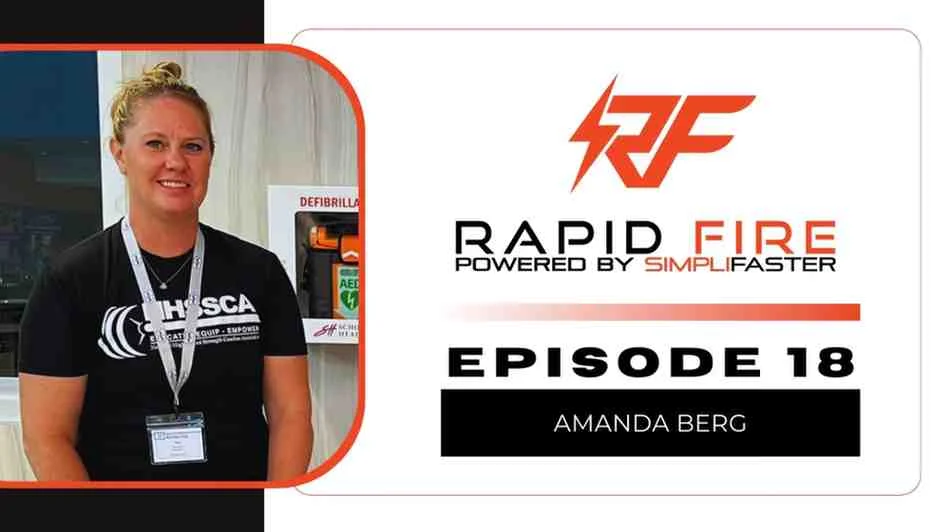
I love training my athletes with kettlebells. Have I been influenced by folks like Pavel Tsatsouline and Dan John? Yes. I also understand that the hype over the kettlebell results from its re-introduction to American coaches as some secret Russian special forces training device when, as David Landau points out, the kettles are really “tied to the Circus, Vaudeville, and good old Show Biz.”

Landau refers to the kettlebells as “faux entertainment, a crude weight implement that has many shortcomings.” So how do we explain the excitement over the kettle comeback? Landau believes it’s a belief in the apparent superiority of Russian training systems. He refers to Rocky IV as evidence. In the movie, the Russian boxer Ivan Drago is the product of high-tech training and sophisticated diagnostic equipment. He’s not like ole Rocky training in a barn and doing core twists with an oxen yoke across his shoulders.
It was Rick Bruner who clarified the reality of Eastern Bloc training in his book, Soviet Training and Recovery Methods. “In real life,” he says, “the scenario is just the opposite. The Soviets are training in barns and basements, and the equipment is forged from old railroad car axles. They also run in the snow. Most Soviet athletes have never seen a computer, let alone a computerized Cybex machine, a Lifecycle, or a Stairmaster.”
Landau confirms this, recounting how Americans visiting Russia in the 1980s found athletes using crude training implements. When asked where they were getting their training information, they “pointed to an old stack of Weider Muscle Magazines.” In addition to barbells and isometric racks, there were “a few odd weights that may have been kettlebells.”
So the kettlebell we know today is not a modern version of scientifically researched strength training equipment. It appears to be, as Landau concludes, a “rather crude weight implement that has many shortcomings.” Weightlifters from those early days admitted that the kettlebell had limitations and shortcomings. As Alan Calvert said in 1911: “The man who buys only a kettlebell and thinks that he is going to be able to train all the muscles in his body to the same degree of development is going to be very badly fooled.”
Why I Use Kettlebells With My Athletes
If this is the case, why are these big balls with handles a staple of my program as well as so many others? Proponents of kettlebell training—and there are many–raise some valid points. For example, John Powers notes that “one advantage of kettlebells over dumbbells, barbells, and machines is the dynamic, ballistic nature of the moves.”
His point is that athletes can use kettles to lift, push, pull, and reach. Their most significant benefit is that the “demand for greater inter and intramuscular coordination and kinesthetic awareness remains stable during the exercise.” More muscles and joints are involved in each kettlebell movement, and “the core, hips, and other muscles involved in stabilizing the body are constantly working.”
Kettlebell movements demand muscular coordination and kinesthetic awareness. Share on XDan John has often commented that “if all I do is teach a proper swing and encourage some form of deadlift, I know I will have an impact. The kettlebell swing remains my go-to for both fat burning and building athletes.”
I use kettles as a transition to my primary lifts: the trap bar deadlift and such variations as single leg deadlifts, single leg cleans, and step-ups.
Video 1. The athlete performs a single leg, split leg deadlift with two kettlebells.
Video 2. A deadlift with a trap bar is demonstrated here. I also have an open back trap Superbar that allows athletes to extend the back leg during these variations. I call it a half-trap.
Kettles serve as a good lead-in to these lifts. I specifically like the goblet squat and the kettle swing.
Video 3. This athlete demonstrates the goblet squat while holding one kettlebell with both arms.
Video 4. This goblet squat is performed with two kettlebells.
Video 5. The athlete demonstrates the classic kettlebell swing.
Video 6. The video shows the athlete performing a reverse kettlebell swing.
An article entitled “Kettlebell Lifting as an Effective Means of Physical Education” appeared in the 1984 Russian Weightlifting Yearbook. The article concluded that kettlebell lifts were suitable as a means of education for a wide range of sports:
“The appropriateness of kettlebell lifting is associated with the possibility of individual workouts, the technical simplicity of the exercises, the ease of obtaining, and the possibility of training and competing with people of different ages. Kettlebell lifting develops basic physical qualities and increases physical work capacity. All of these lead one to consider kettlebell lifting an effective means of physical education.”
Even though a considerable number of athletes are discovering and defend their use, is the kettle a magic orb that improves all aspects of physical performance? Is kettlebell training any better than training with dumbbells or barbells? Might the current hype surrounding kettles be nothing more than an example of what the great Dutch Speed Coach Henk Kraaijenhof used to describe as “old wine in new bottles”?
I like kettles because my athletes like using them, not because I view kettles as better than other strength training protocols. I also understand why kettles are just one of many worthwhile approaches coaches can take for strength training. I think Mel Siff said it best, “Kettlebell training can be great, it can be fun, so can dumbbell training, so can barbell training, so can many other forms of strength training. Only don’t let one’s love for anything turn you into a fanatic who fails to see the merits in other walks of life.”
References
- Bruner, Rick, and Ben Tabachnik. Soviet Training and Recovery Methods. Pleasant Hill, CA: Sport Focus Publishing, 1990. Print.
- John, Dan. Intervention: Course Corrections for the Athlete and Trainer. Aptos, CA: On Target Publications, 2013. Print.
- John, Dan. Now What? The Ongoing Pursuit of Improved Performance. Santa Cruz: On Target Publications, 2017. Print.
- Landau, David. “Kettlebells?” David Landau Exposes Exercise Frauds. ExerciseFraud.com, June 2017.
- Powers, John. Kettlebell: The Ultimate Kettlebell Workout to Lose Weight and Get Ripped in 30 Days. Kettlebell, 2014.
- Siff, Mel. “Re: Kettlebell Cult?” Blog comment. Mel Siff Supertraining Archive. Mar. 2003. Web.
- “Voropayev Kettlebell Lifting as an Effective Means of Physical Education (1983) and Others, in English.” StrongFirst.com (Forum for Strength). June 2017. Web.





